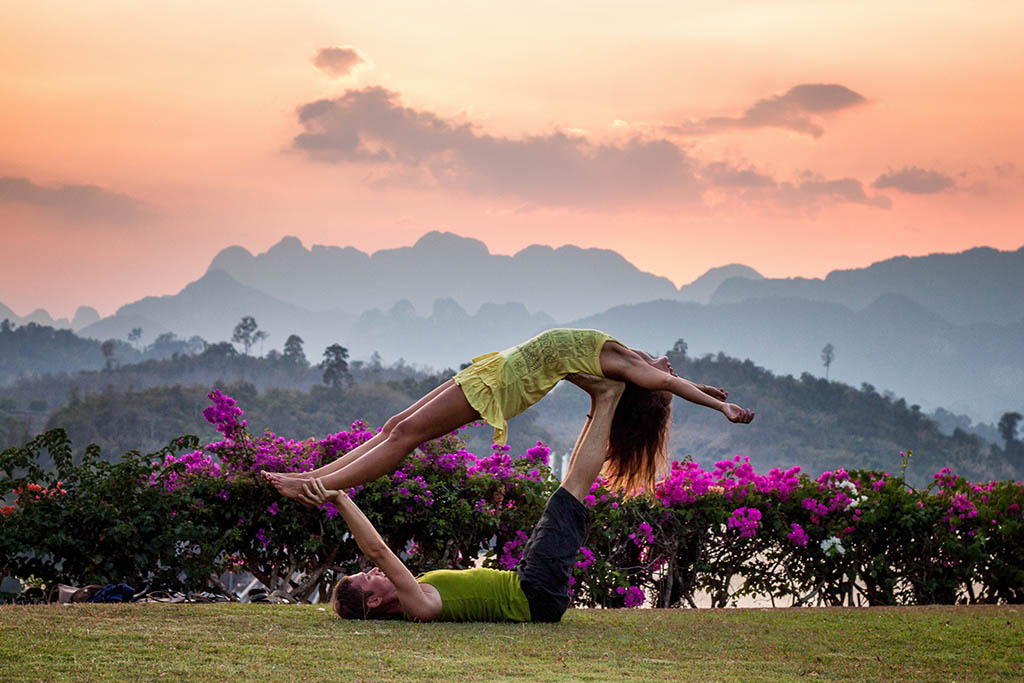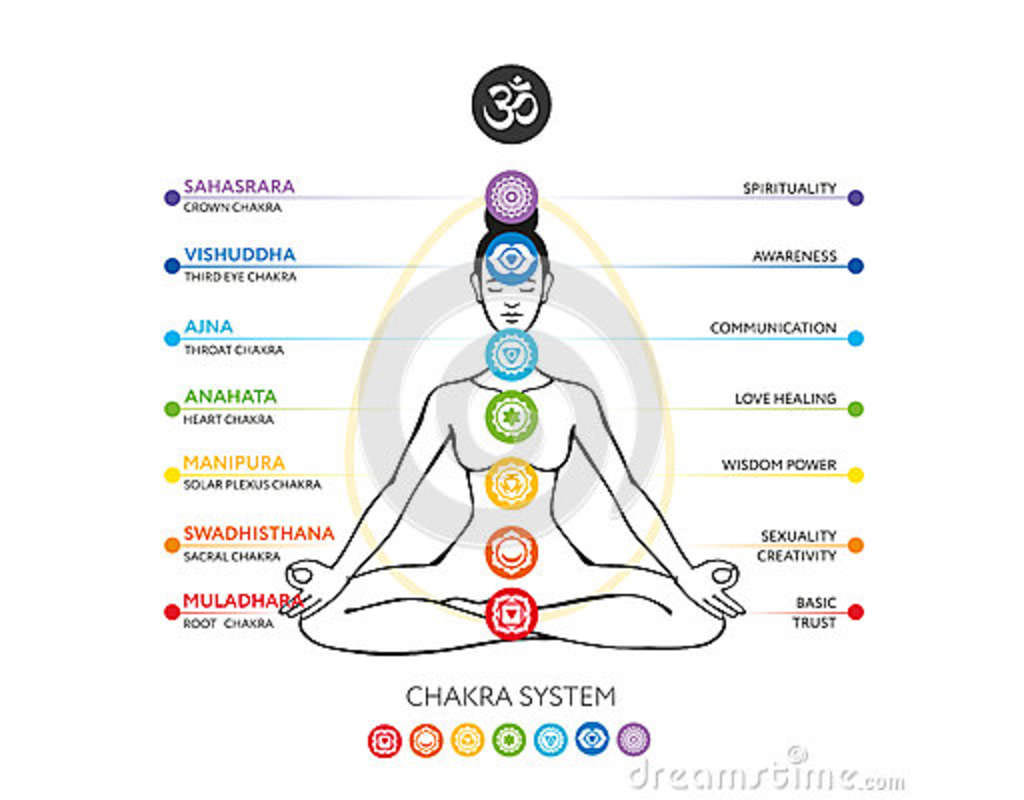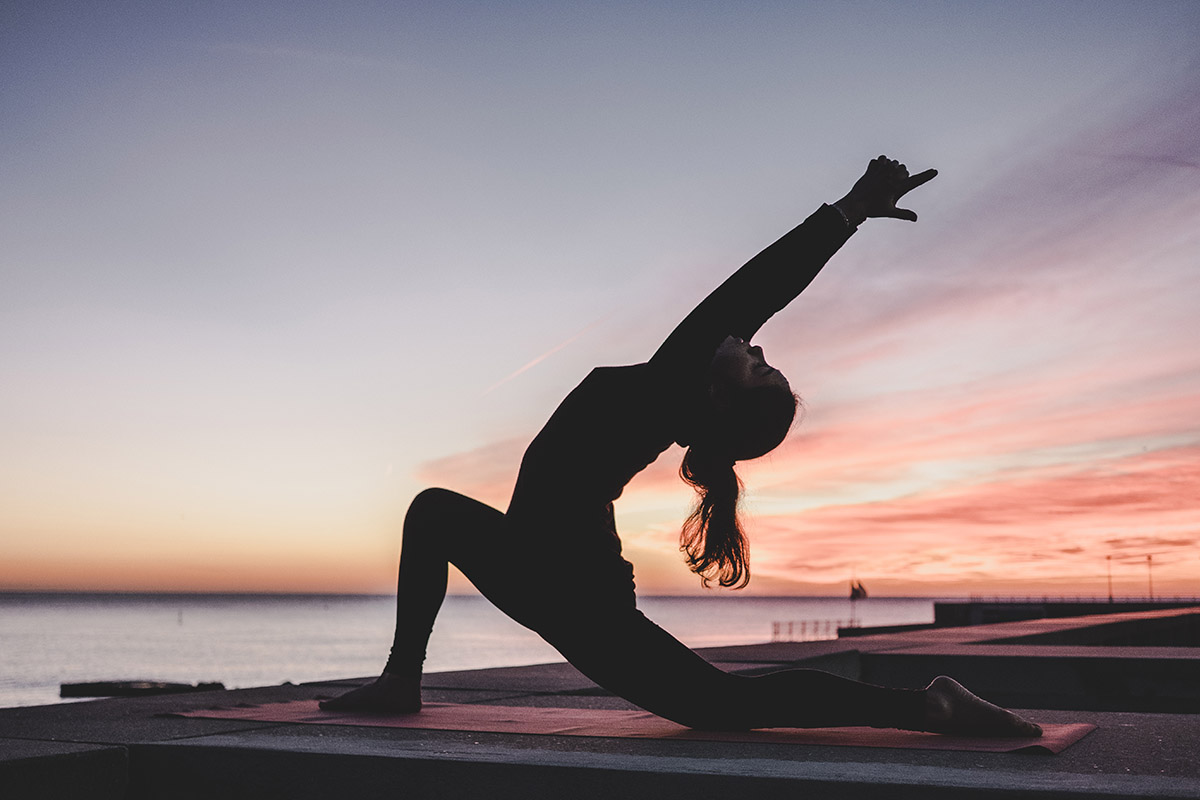Yoga is a set of physical and mental practices (sometimes, but not necessarily, incorporating a spiritual element) which serve a diverse variety of goals, depending on the practitioner and specific techniques in usage. The origins of yoga are not entirely clear, but what is for certain is the practice is probably quite an ancient one – slowly evolved until gaining the form we recognize today, practices largely discovered and utilized in India. Undeniably, over its long history yoga has been employed to serve a number of functions, real or presumed: from calming the mind and strengthening the body, all the way to attempting to achieve supernatural and spiritual goals which some practitioners believe yoga is a pathway to.

In practice, yoga looks a lot like a variety of stretching exercises. The body is moved into a variety of positions, designed to stretch the body and engage different muscle groups. Combined with breathing exercises and meditative practices, these techniques are used to improve the health of the body as well as achieving a meditative state of mind. While traditionally yoga is entirely a form of meditation, modern adaptations (especially in western countries) remove much of the focus on meditation and present yoga as primarily a form of physical exercise.
Though yoga is a form of meditation, meditation is actually a much broader body of techniques which can be practiced completely separately, or in combination with yoga. Meditation seeks to induce various states of mind, like different moods or modes of consciousness. The goals of meditation are quite varied: many use meditation as an end in itself to induce relaxed or happy states of mind, others use meditation as a spiritual practice, some utilize techniques to gear the mind towards self-examination, or to build desirable characteristics or remove undesirable ones from a person’s mental state or outlook.
As there are many goals of meditation, there are many practices – yoga being one among them. Meditation often consists of attempting to calm or “clear” the mind via breathing exercises and attempts to induce a specific mental state by carefully controlling thought processes – sometimes by the constant repetition of a “mantra,” a word, phrase or sentence repeated internally.
HEALTH BENEFITS OF YOGA AND MEDITATION
With the popularity of these ancient techniques finding new life in the modern world, science has turned quite a bit of attention to the topic of unraveling the exact benefits. While some of the claims expounded by proponents of yoga and meditation have yet to be scientifically verified, there is already a host of benefits that are definitely quite real. Let’s take a look at (just some) of yoga and meditations health benefits.

- Both yoga and meditation have been shown to have many cognitive benefits, including better mood, reduced symptoms of depression and anxiety, and in some cases improved mental acuity.
- Both yoga and meditation have demonstrated positive effects on the cardiovascular system, including reducing blood pressure and improving cardiac function. Yoga is used to enhance cardiac rehabilitation after issues or surgery; it has been shown to reduce cardiovascular risk factors across the board and often helps treat symptoms of heart failure.
- Both yoga and meditation are widely utilized to help with pain management, assisting patients in coping with chronic pain. The postures encouraged by both practices may also help alleviate issues with back pain.
- Yoga can have significant physiological health benefits. Yoga promotes flexibility, blood flow, engaging virtually every muscle group, promotes the health of the lungs and heart via breathing and stretching exercises. Some of the many benefits include improved musculoskeletal function, improved cardiovascular function (better blood flow,) reduction of asthma symptoms and more.
- Meditation can be highly effective for improving or regulating mood, improving cognitive function, promoting a sense of well being and encouraging spiritual growth. Many practitioners report a much-improved sense of well being.
WHERE TO PRACTICE YOGA & MEDITATION
Given that the techniques employed in yoga usually only require your body and mind, in theory, yoga can be practiced anywhere at any time. However, there are definitely some places which are better than others. Ideally, yoga or meditation should be practiced in a comfortable, relaxed setting. Somewhere you can relax, be at ease and relatively worry-free. A location with a serene atmosphere and a beautiful view is ideal, but any comfortable setting will do in a pinch.
TRAVEL, YOGA, & MEDITATION
For busy individuals, businessmen, and for most working professionals who do not have time to practice yoga & meditation during normal days, taking an off or holiday for retreats purposes is very common. There are many yoga resorts across Asia like India, Sri Lanka, Indonesia, and Thailand. It is also available and offered in many luxury hotels and private luxury villas around the world. My personal recommendation for a yoga & meditation destination would be Bali and Koh Samui.
________
Featured Image: unsplash.com






